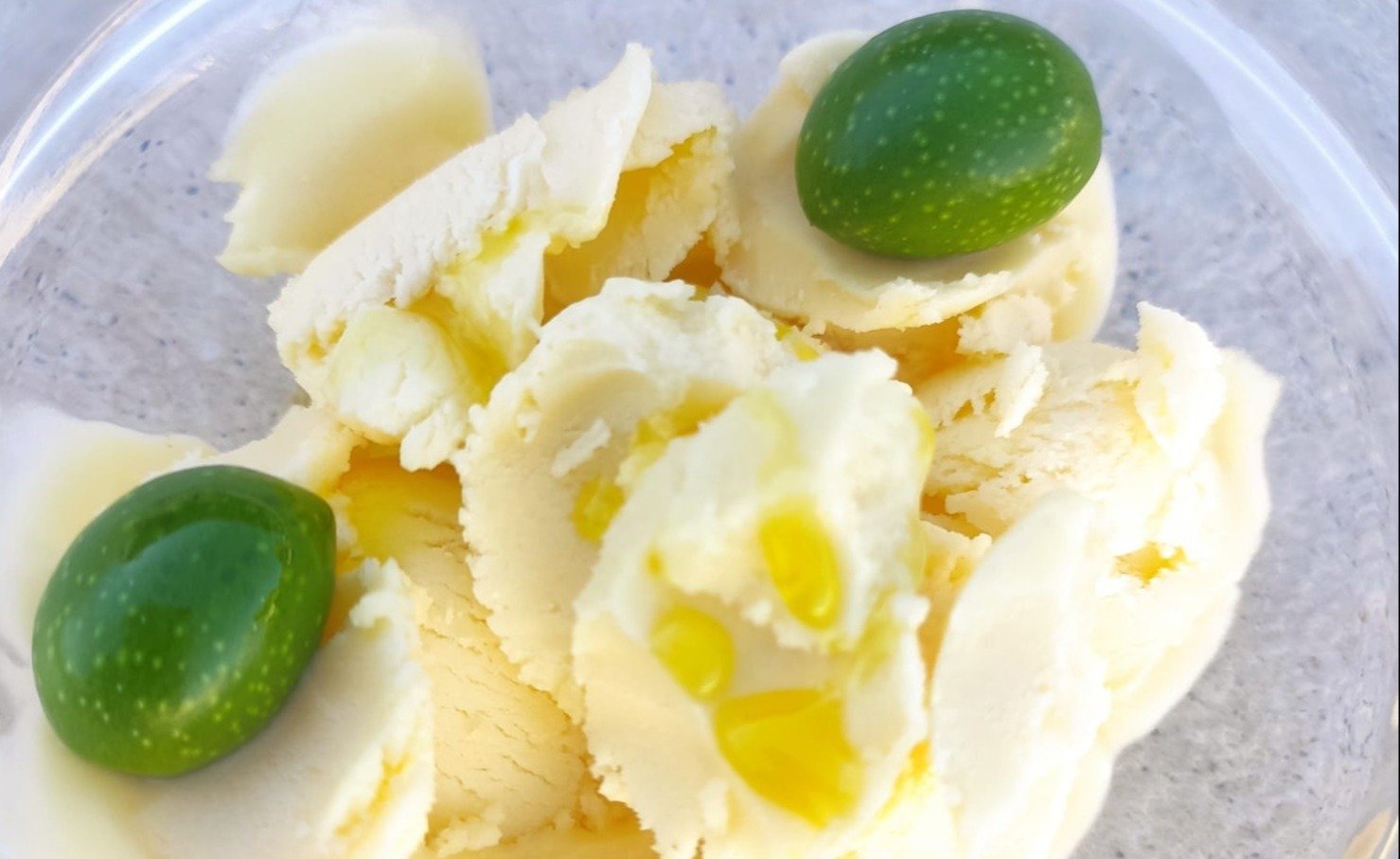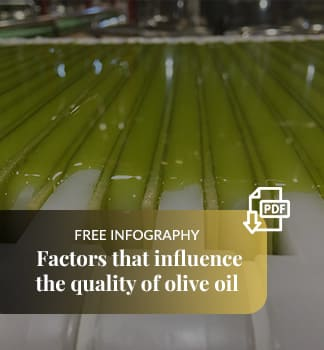Listen to this article
Its consumption is not limited to the regions or territories of origin of olive cultivation but has become a sign of quality in the kitchens of many countries, granting each food for each dish the distinctive of a healthy, balanced and refined diet.
Olive Oil is part of the gastronomic culture
The attributes of Extra Virgin Olive Oil (EVOO) clearly explain its prominence, the first of which is that among all vegetable oils it is the only one that is extracted by simple mechanical procedures. EVOO is a totally natural product, which, properly treated, preserves its qualities in excellent condition, since it has natural antioxidants that protect it from rancidity.
These reasons make it appreciated for its diversity of nuances, for its richness of sensory attributes and for its beneficial effects on health.
Extra Virgin Olive Oil in the Kitchen
Olive Oil also has enormous plasticity, as an ingredient and as a condiment, which we see reflected in its various forms of use, since its functions in each dish are multiple: it provides aroma, flavor and color, modifies textures, it is an optimal heat conductor, integrates food and gives identity to each dish.
Olive Oil is compatible with all flavors, salty, sweet, bittersweet. You can use it for both similarity and contrast. In dishes that must be prepared without salt due to the need for a diet, it enhances the flavor of different foods.
Crude oil is the closest to nature, the primal, but also the most sophisticated of the most elaborate cuisines, the final touch that gives relief to the flavor, which softens and provides an unctuousness, which makes it satin.
The Extra Virgin Olive Oil preserves all its sensory qualities and provides all its biological properties when used raw. It is for this reason that it is the most appropriate for dressing salads, dressing food, sprinkling bread, serving dishes, etc.
Uses of EVOO for cooking
- Sauces: they reach their true point of flavor when they are made with EVOO. The Extra Virgin Olive Oil will provide the nutrients that seed oils are not capable of providing.
- Andalusian gazpachos: they require a full-bodied Extra Virgin Olive Oil, since they are integrated with other products with an intense flavor.
- Soups, creams and purees: when cooking them, make sure not to exceed the maximum temperature 100 celsius degrees during cooking, so the Olive Oil will retains its taste qualities, although some aromas evaporate. To reduce this loss, you can add a little more Extra Virgin Olive Oil after cooking, or right before serving.
- Cooked vegetables: there is no better dressing than Extra Virgin Olive Oil. Add it at the end and raw.
- Pasta: the Extra Virgin Olive Oil and pasta combinations are endless. Pasta is a great opportunity to make pairings of different olive oil varieties. Better use the oil raw, uncooked, and none of the EVOO properties will be altered.
- Rice: when rice dishes are prepared, both dry and soupy, the quality and adequate quantity of Extra Virgin Olive Oil has a special importance in the final result. It should not be forgotten that rice absorbs all the flavors of its cooking medium, and that the presence and quantity of the oil in excess or by default influences the cooking time, the grain texture and the final flavor in the preparations. After a good plate of rice, depending on the fat you have used, digestion will be more or less healthy.
- Confectionery and baking: Extra Virgin Olive Oil with sweet nuances, has an essential function, enriches all the confectionery, at the same time that it gives them a particularly pleasant flavor. EVOO is used for baking pies and sweets, chocolates, even ice-creams! More and more chocolates are coming out, whose main ingredient for their preparation has been Extra Virgin Olive Oil, and without a doubt, the texture and flavor are pleasantly enriched. Mousse as well as ice cream are increasingly made with Extra Virgin Olive Oil. Early harvest oils are being the main protagonists, both for color and aromas and presentations in pastry dishes.
- Doughs: bread, pastries, empanadas and other doughs achieve an optimal texture when Virgin Olive Oil is used as an ingredient: it is undoubtedly the best of the oils and it is also so when these doughs require subsequent frying.
- Fried foods: by not subjecting it to excessive heating, Extra Virgin Olive Oil does not show any substantial change in the physico-chemical structure and it preserves its dietary properties almost intact, much better than any of the other oils. Unlike seed oils, it remains stable, without deteriorating, even at high temperatures used for frying, both due to its content of natural antioxidants and the high presence of oleic acid, they make it less vulnerable to oxidation and subsequent oxidation. formation of toxic products.
- Preserves: the antioxidant properties naturally present in EVOO make it an excellent method of preserving food. Dipping, marinating or pickling are some of the ways in which vegetables, meats and fish can be preserved beyond their natural cycle.
.png)




